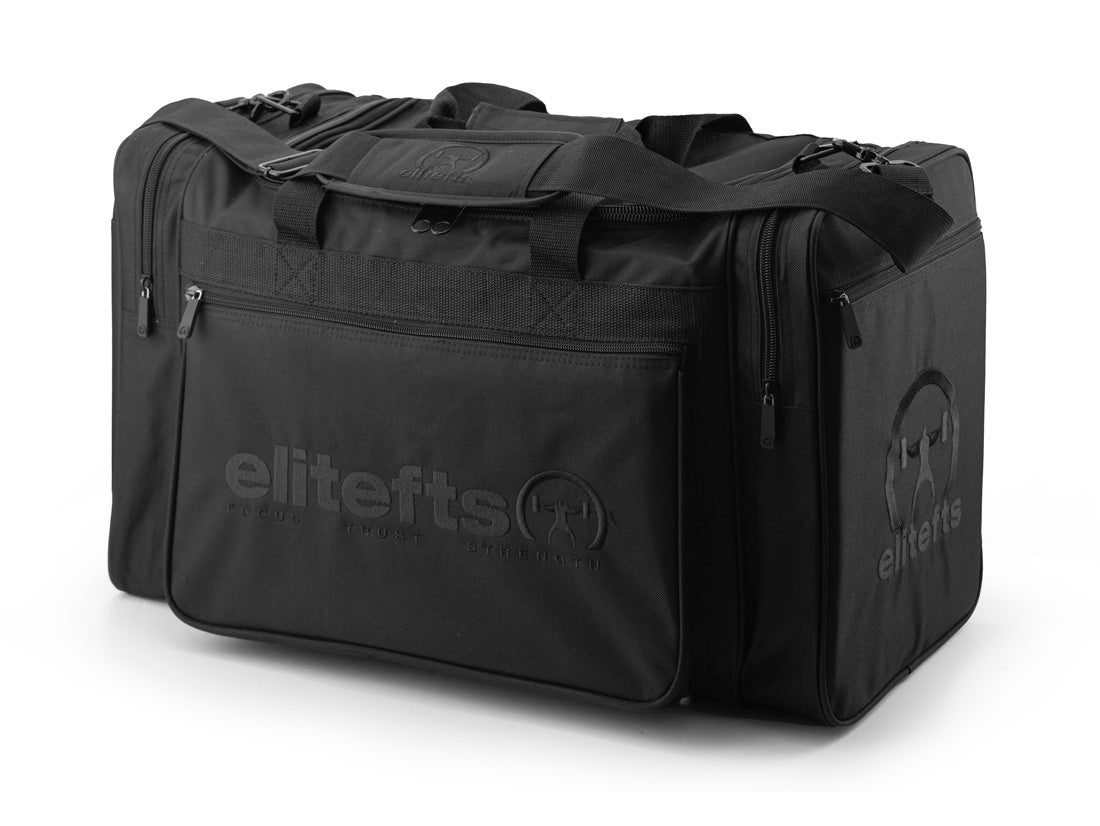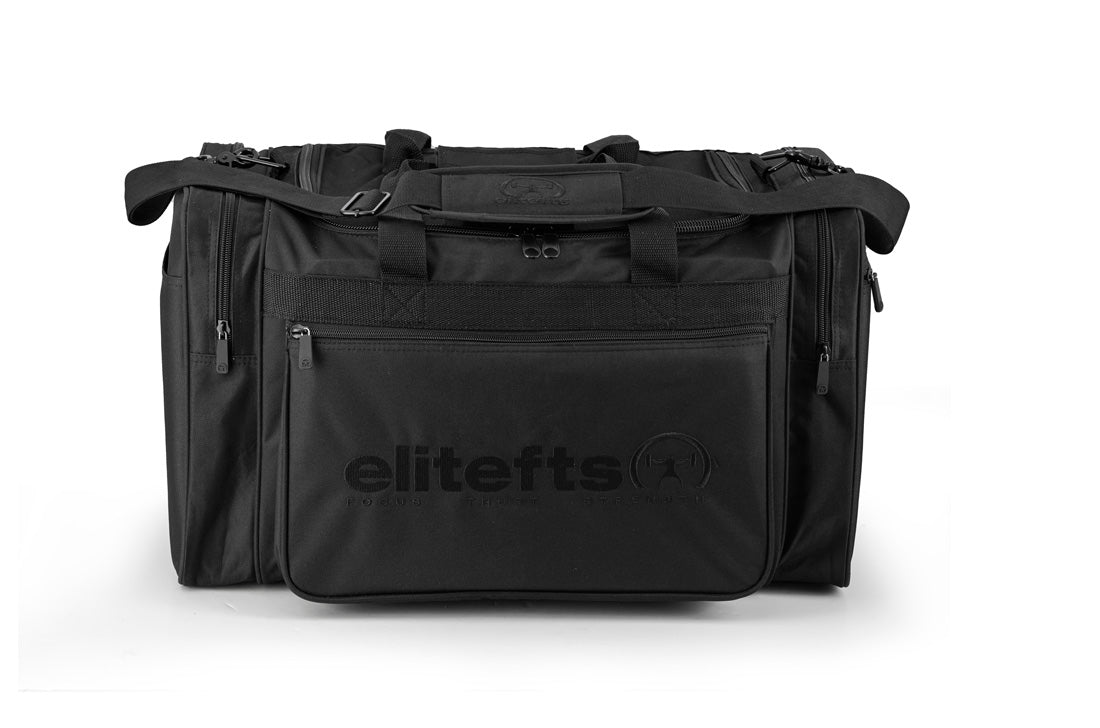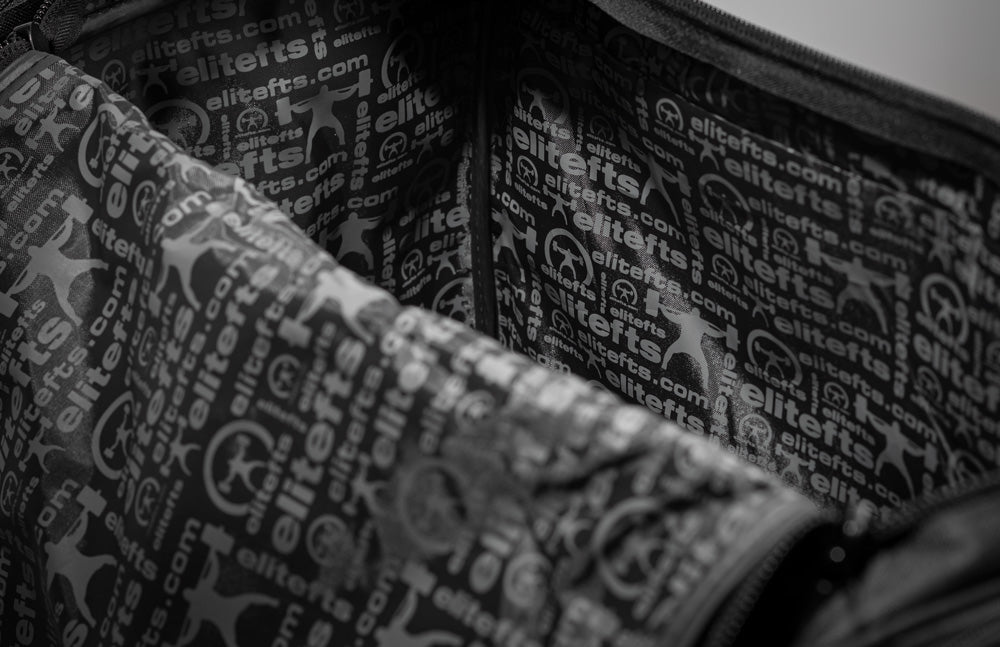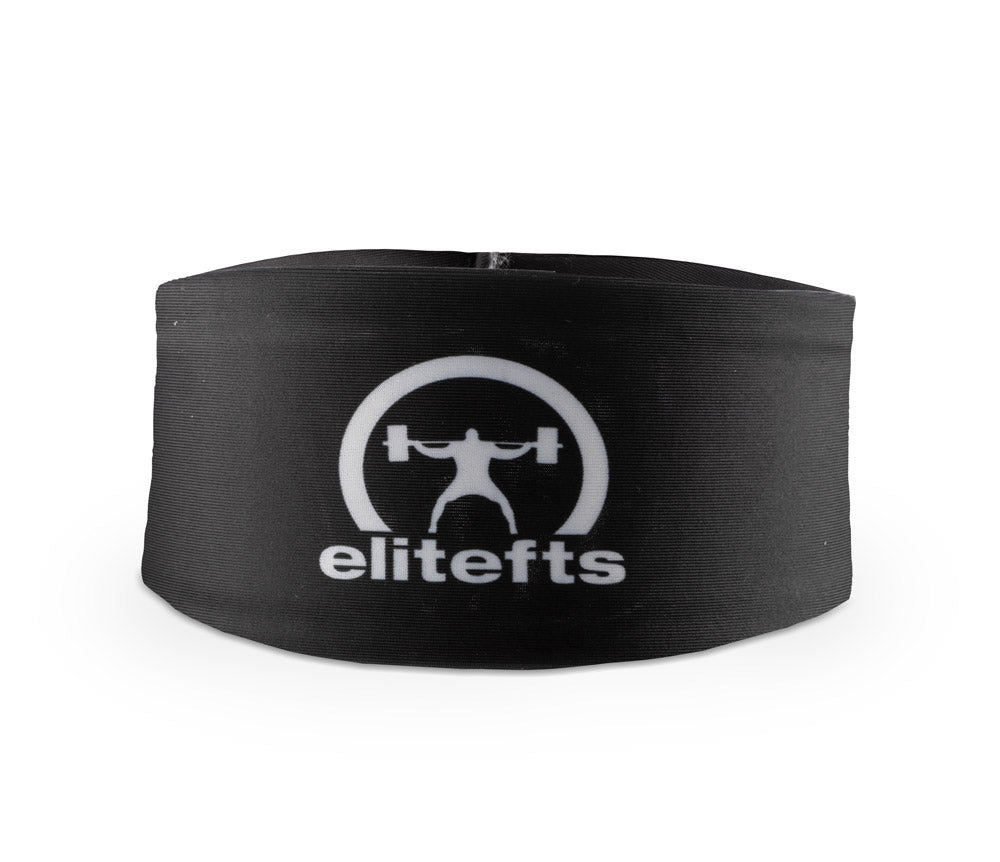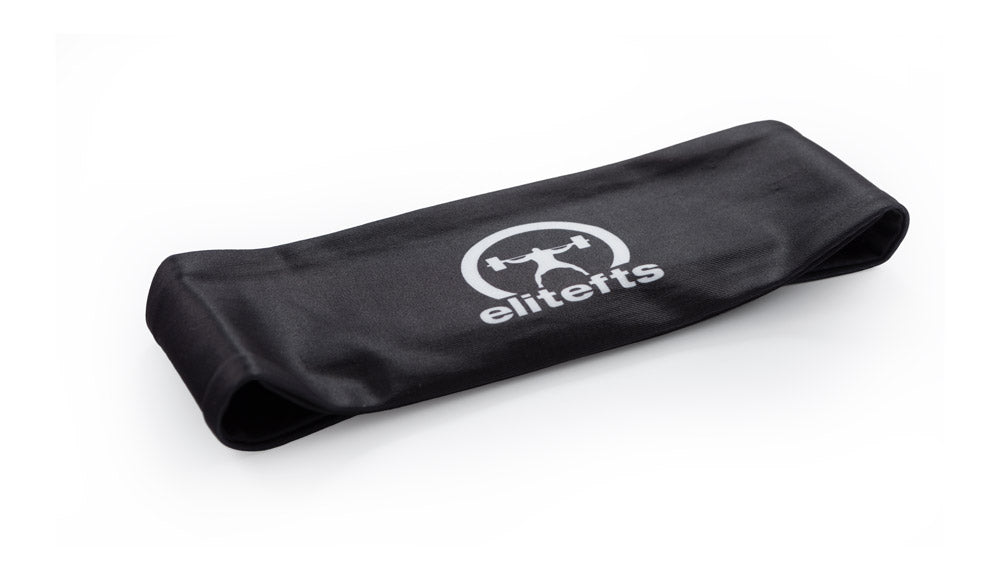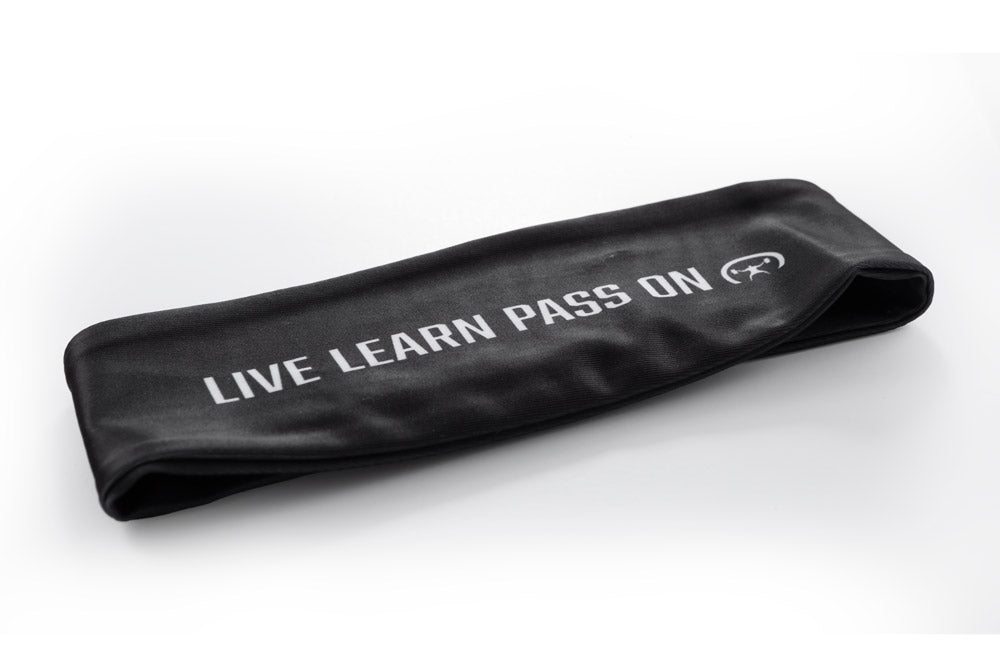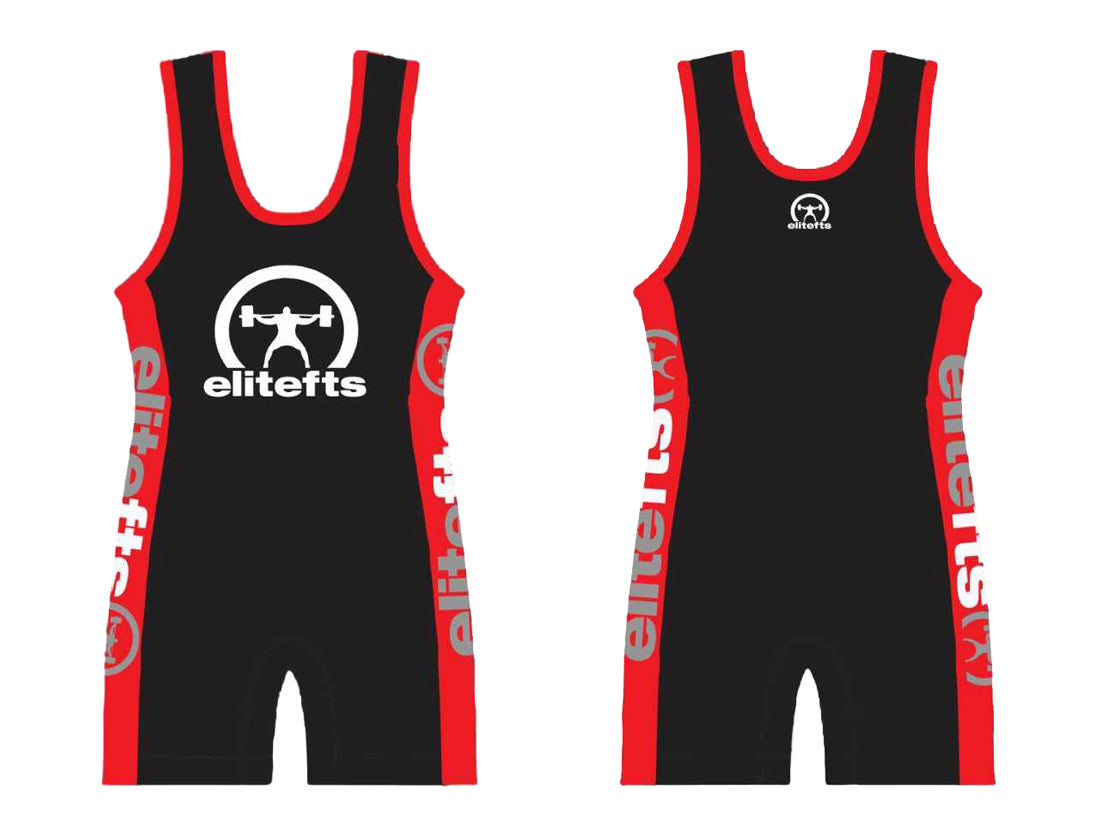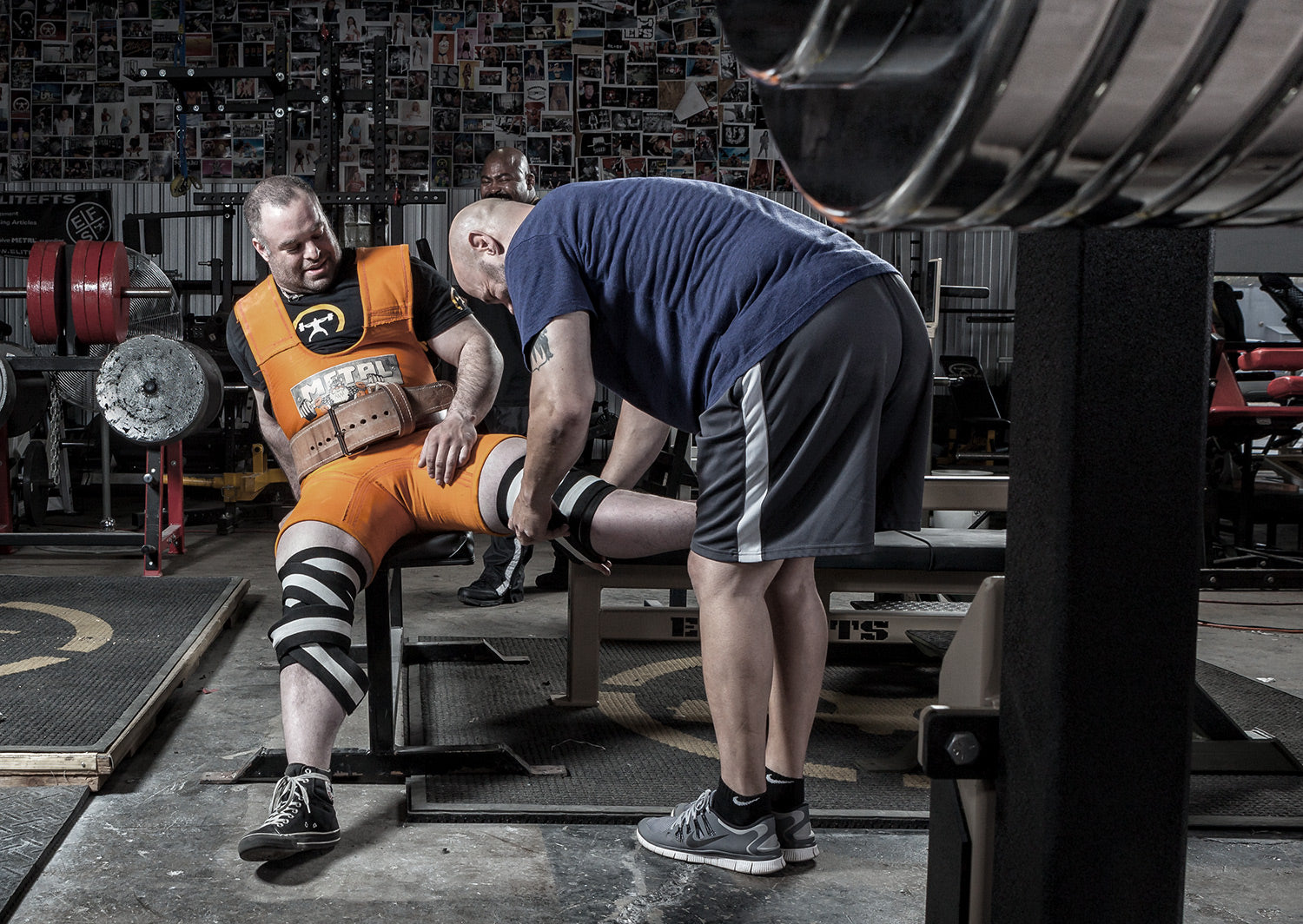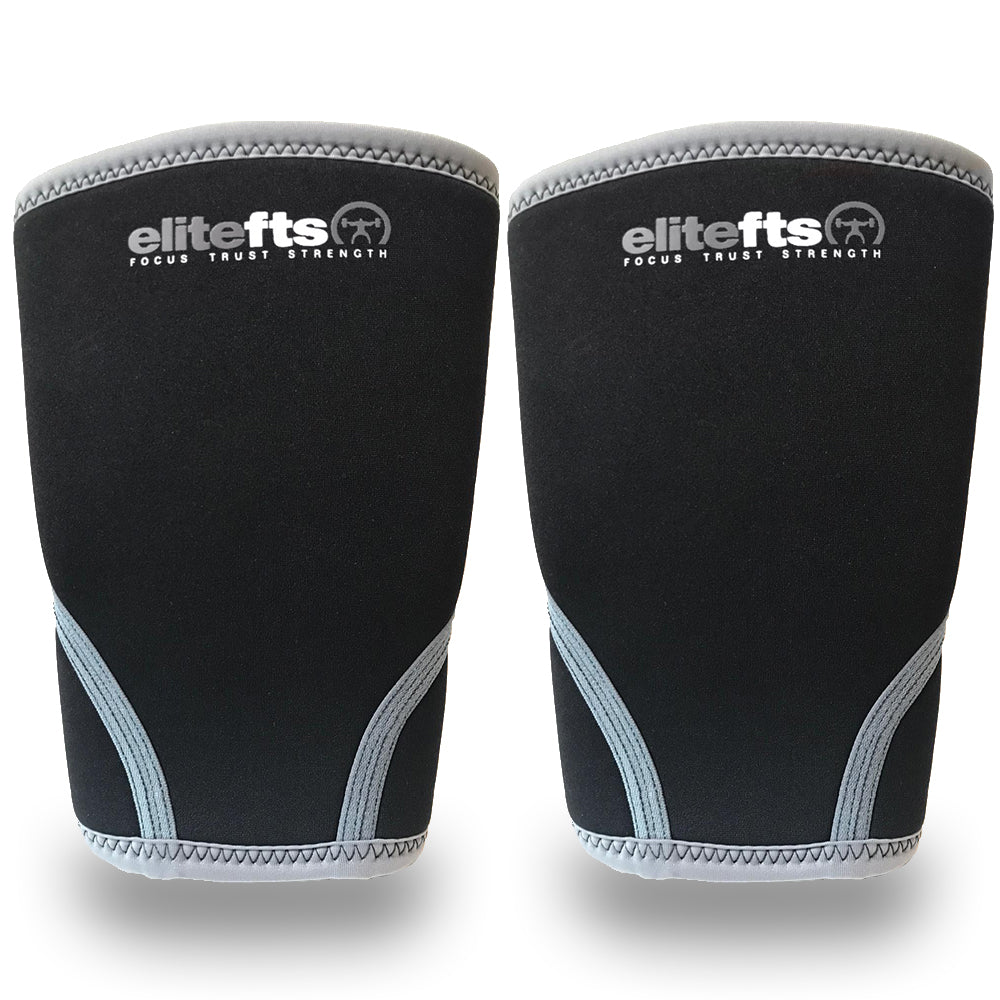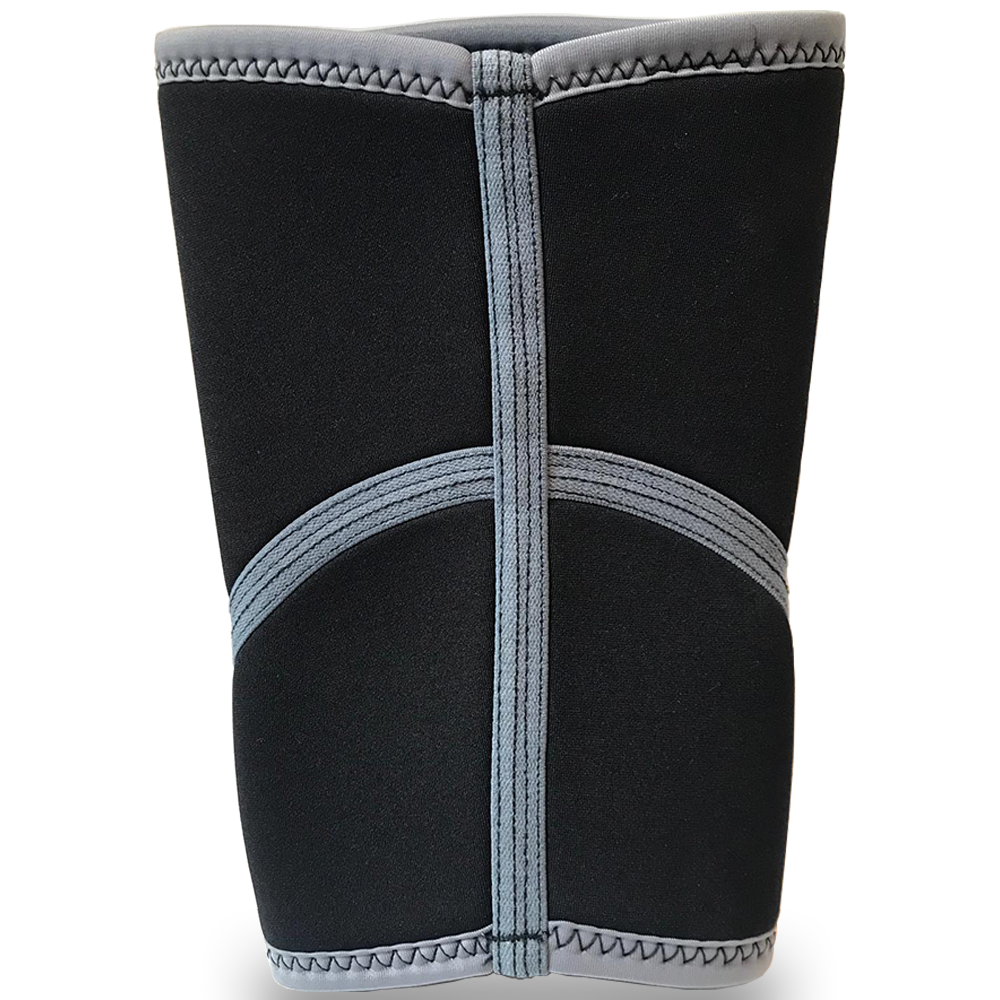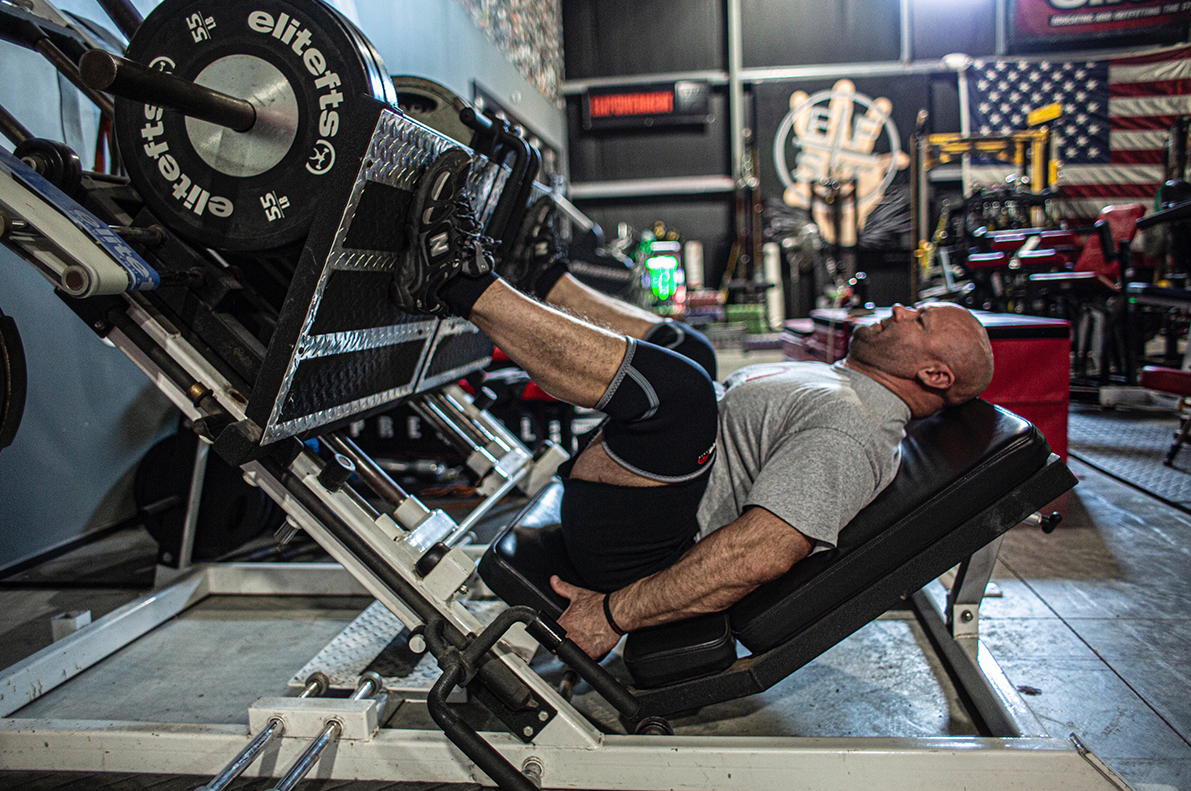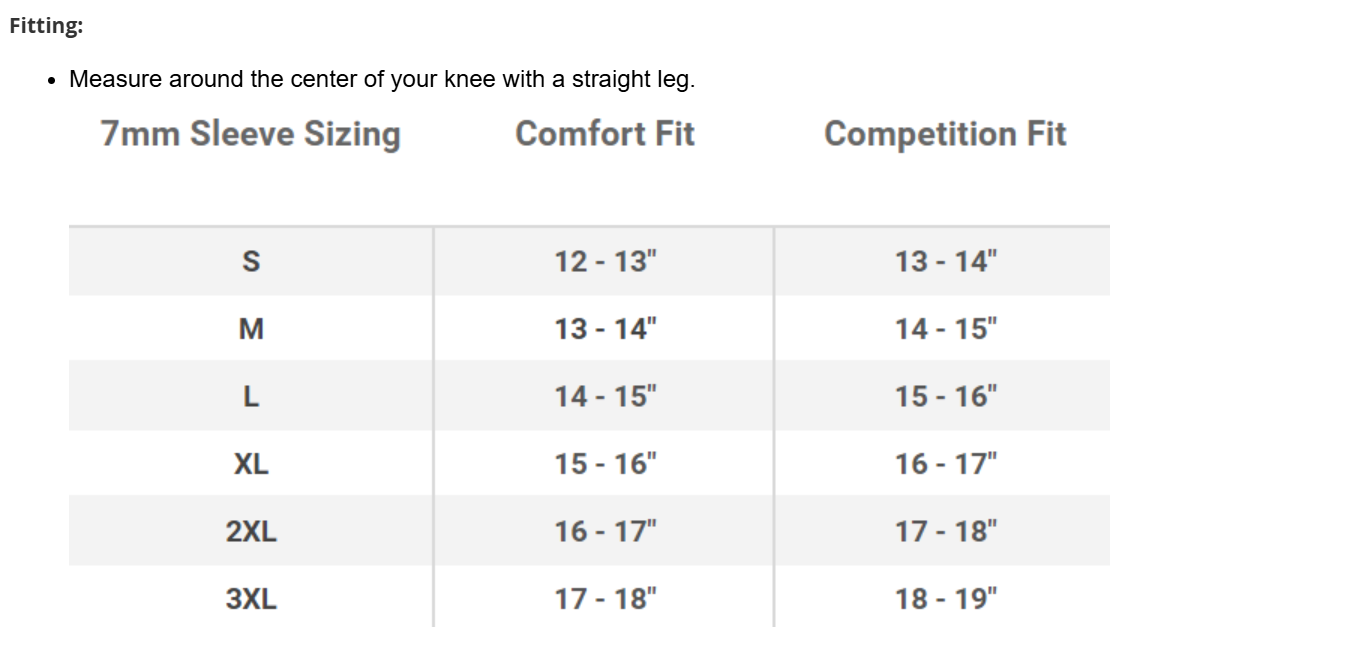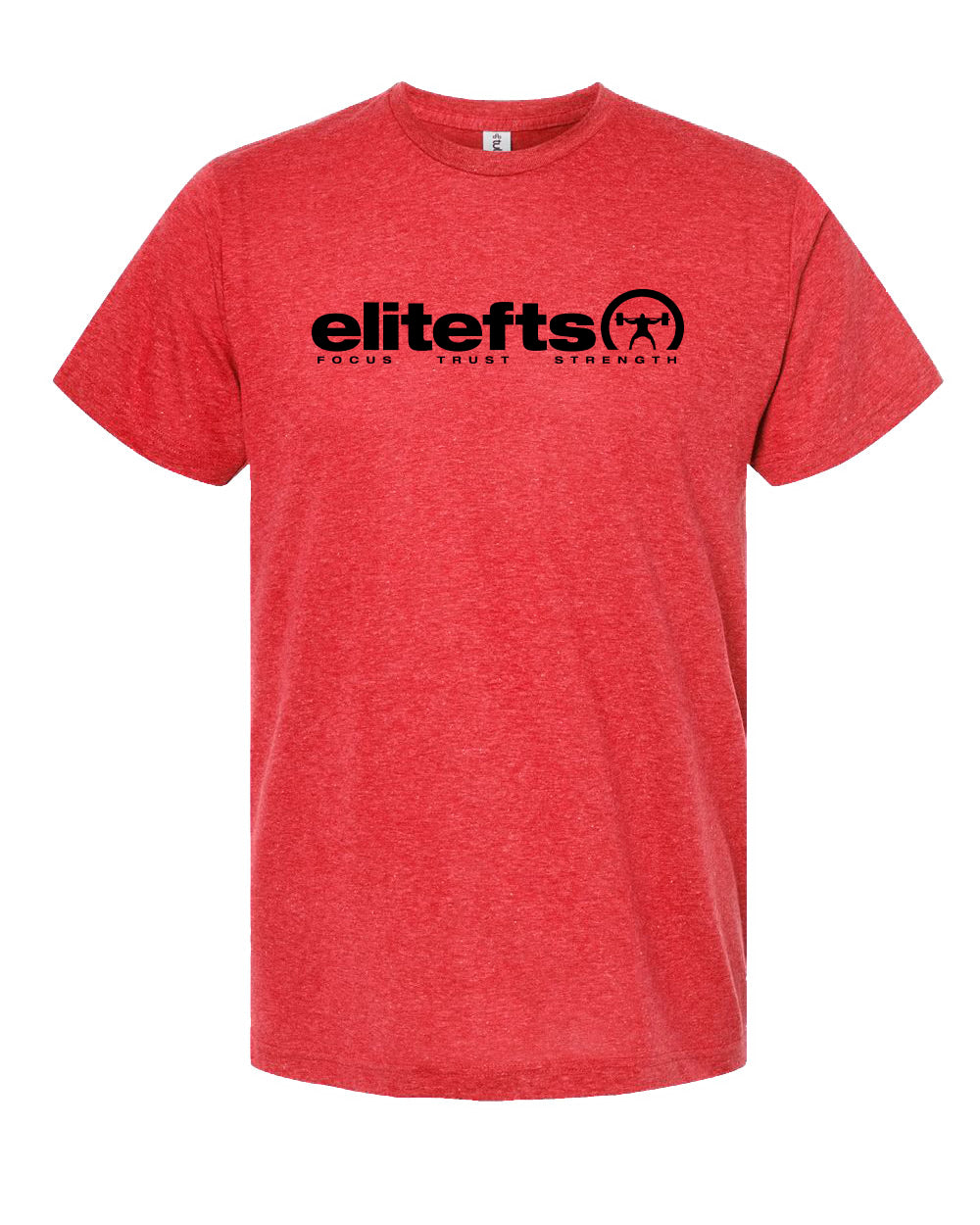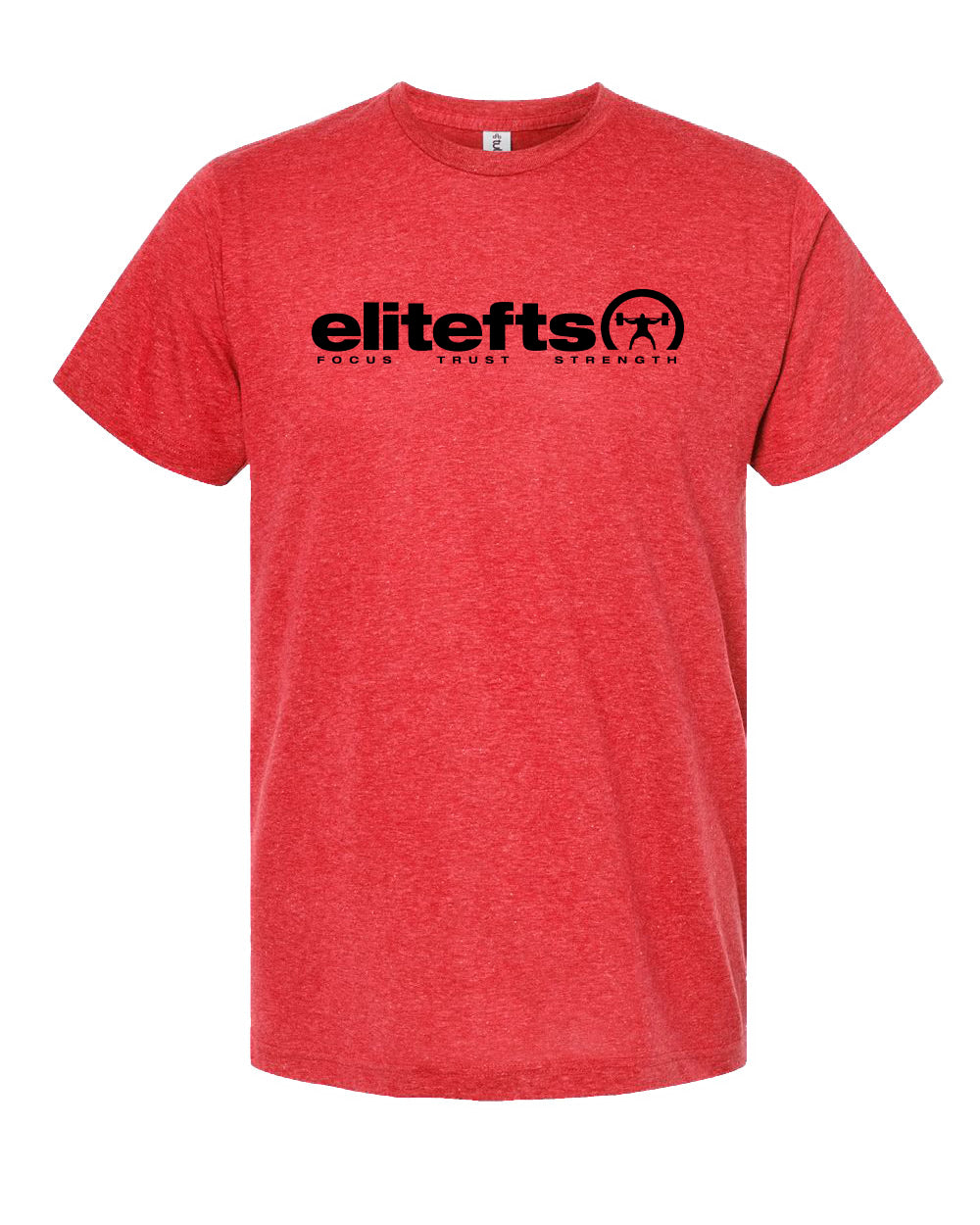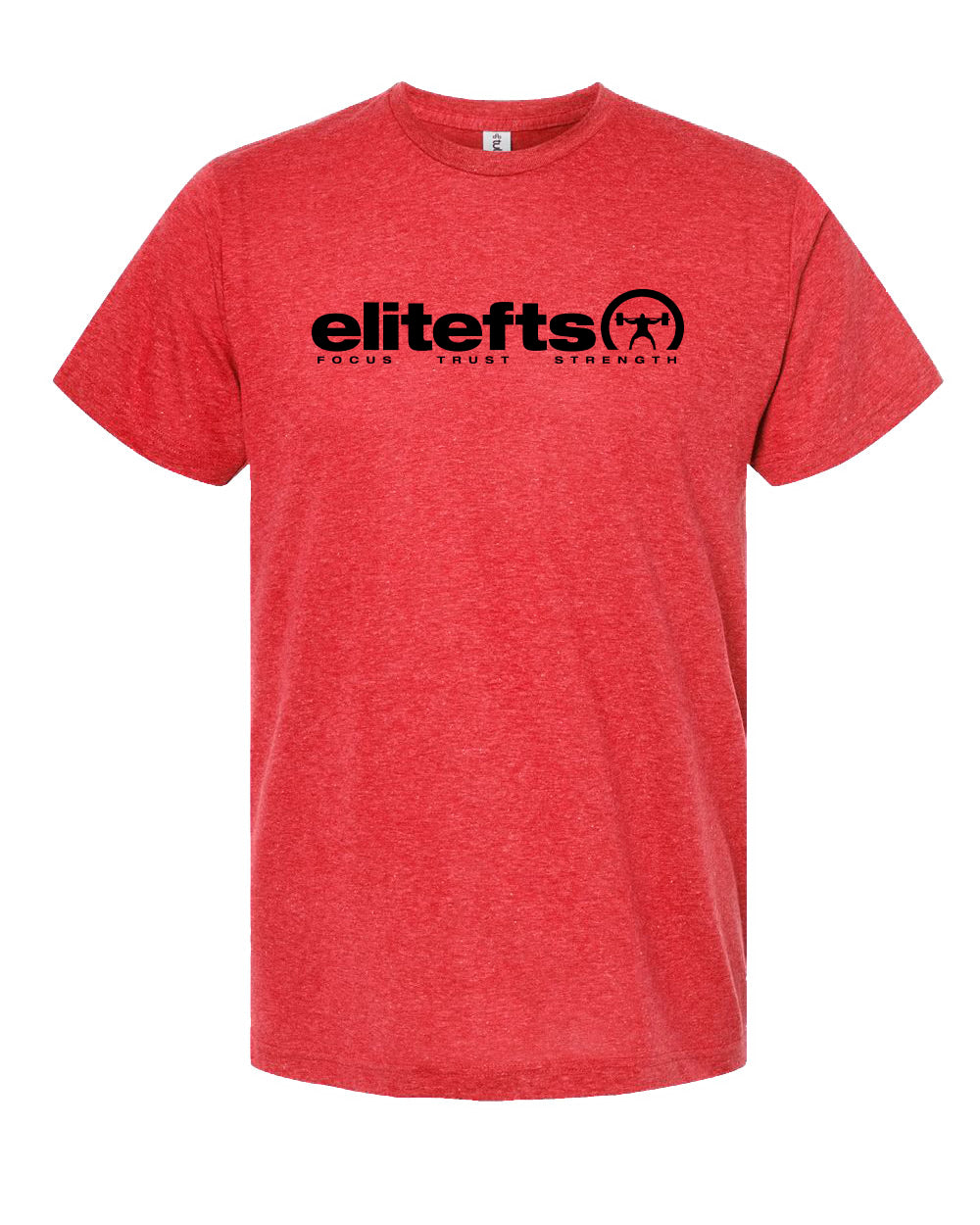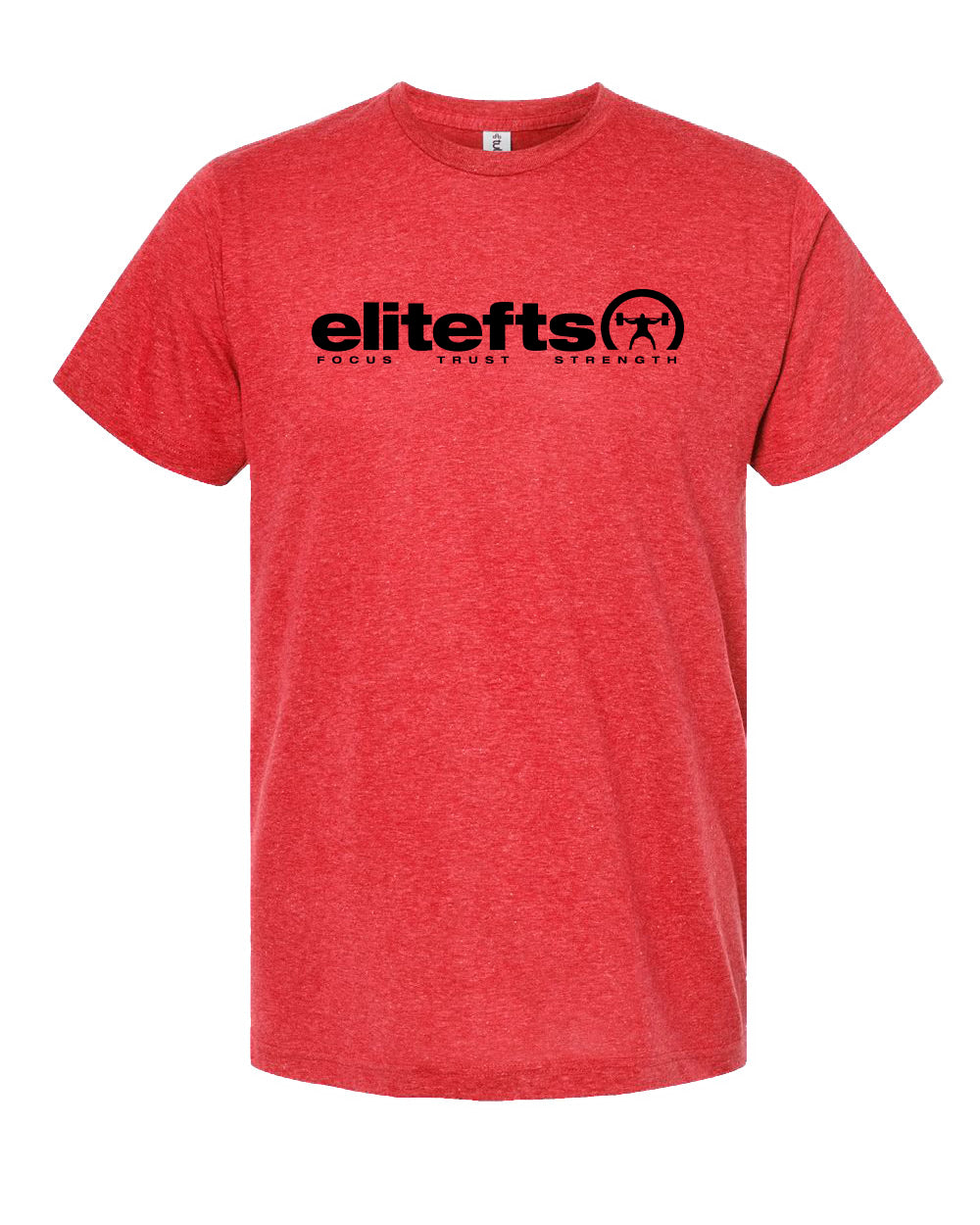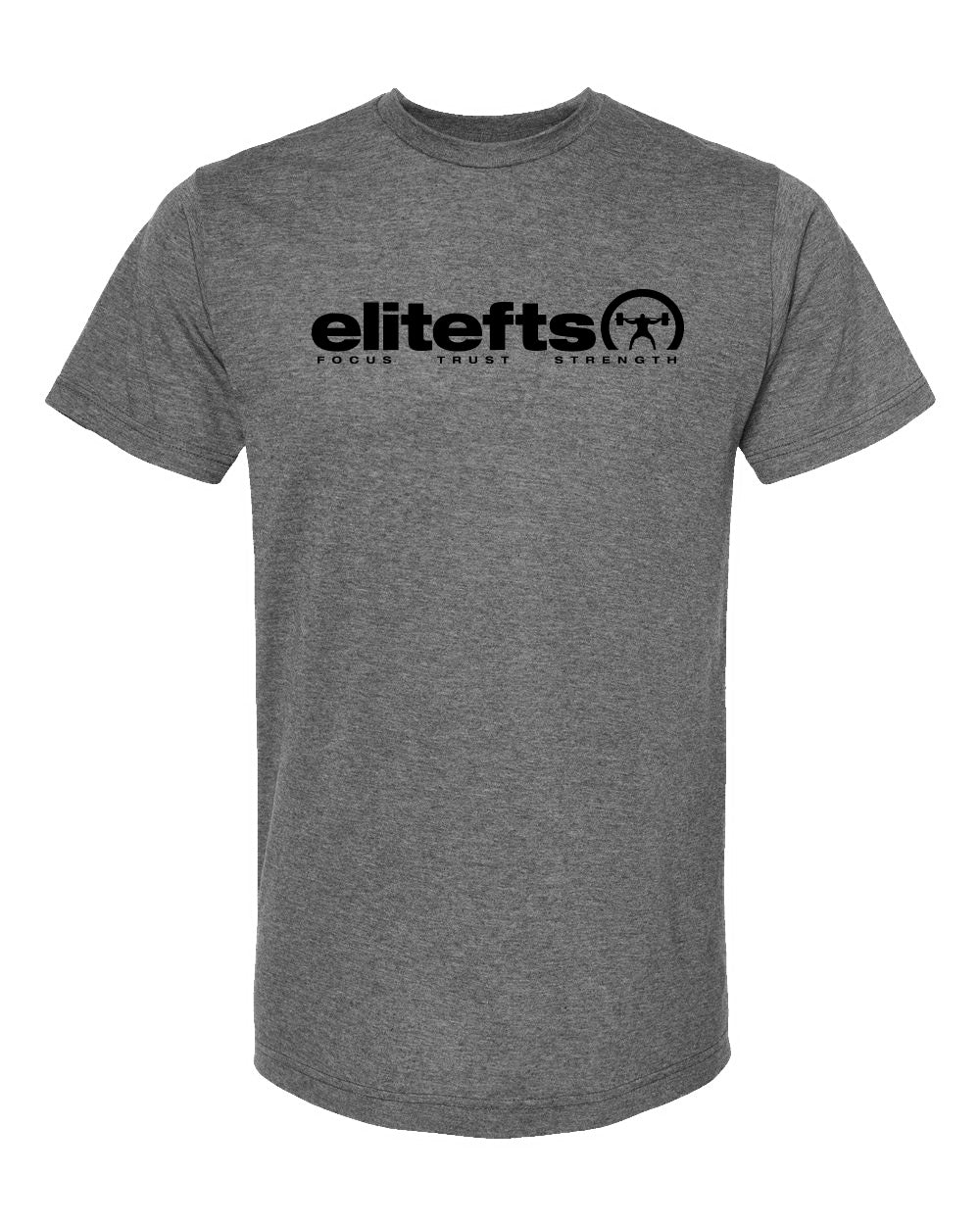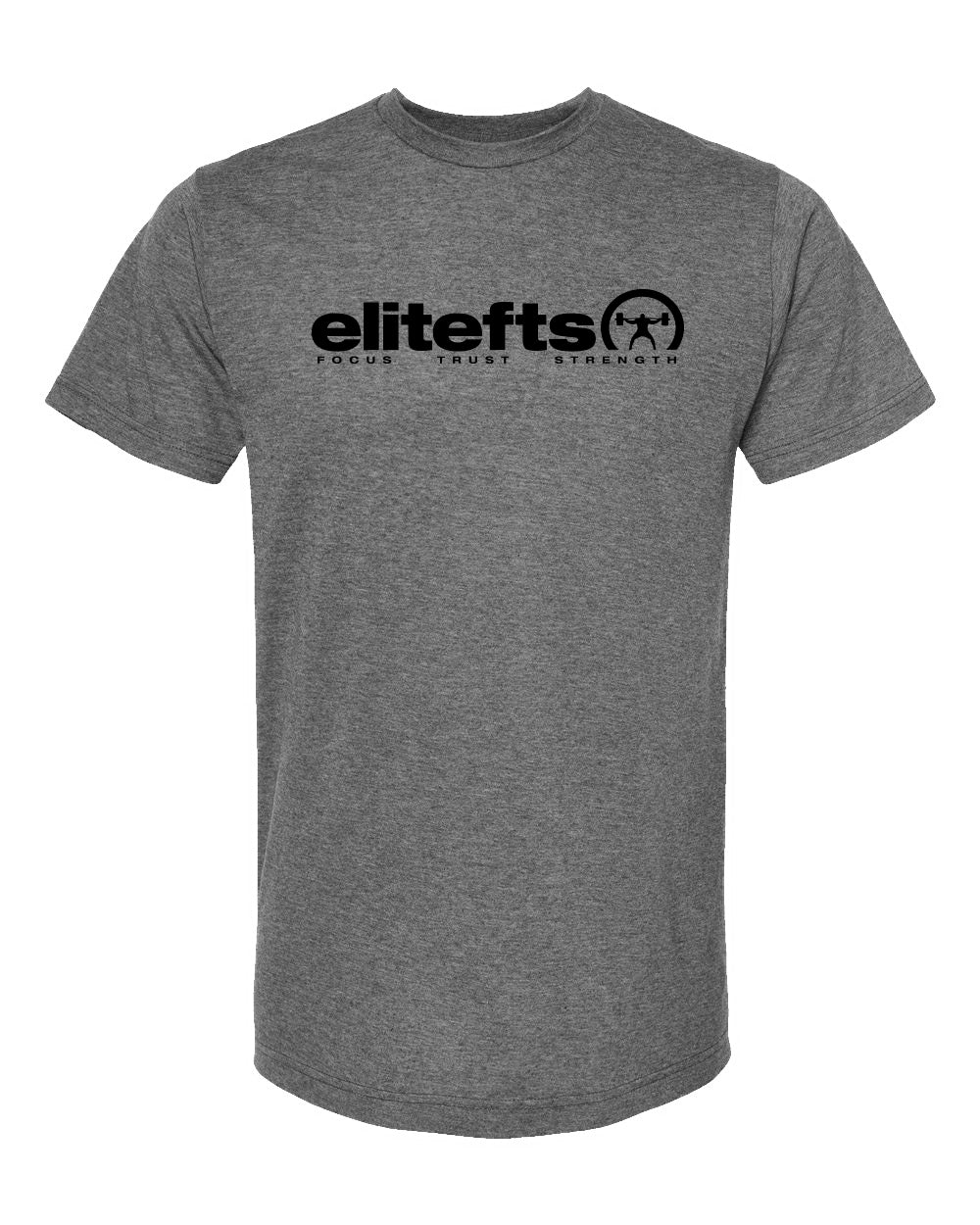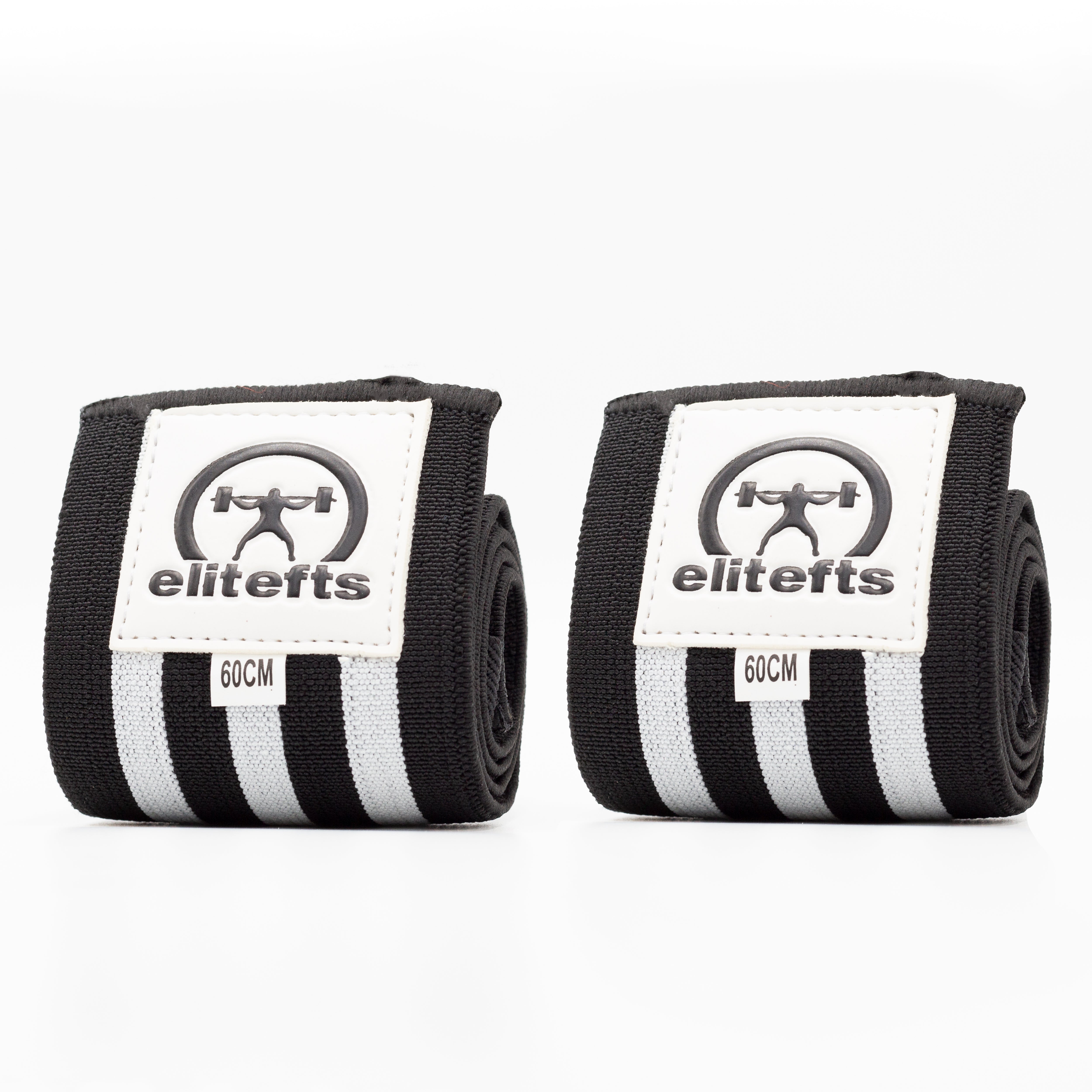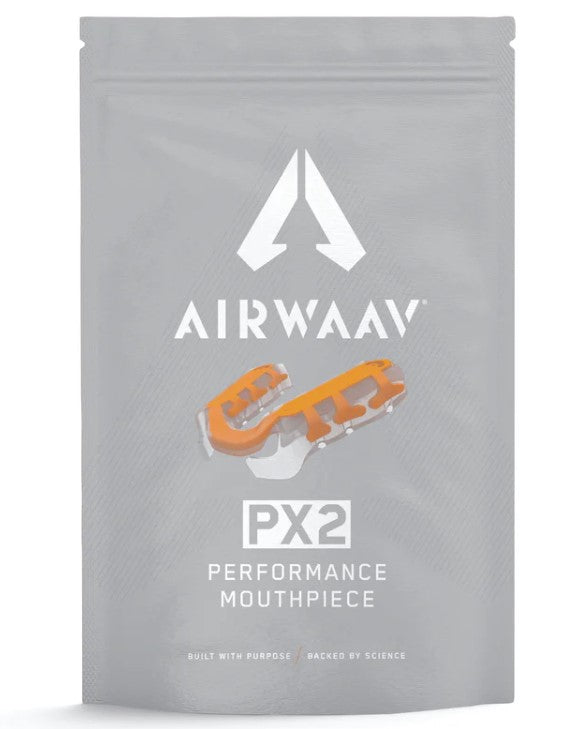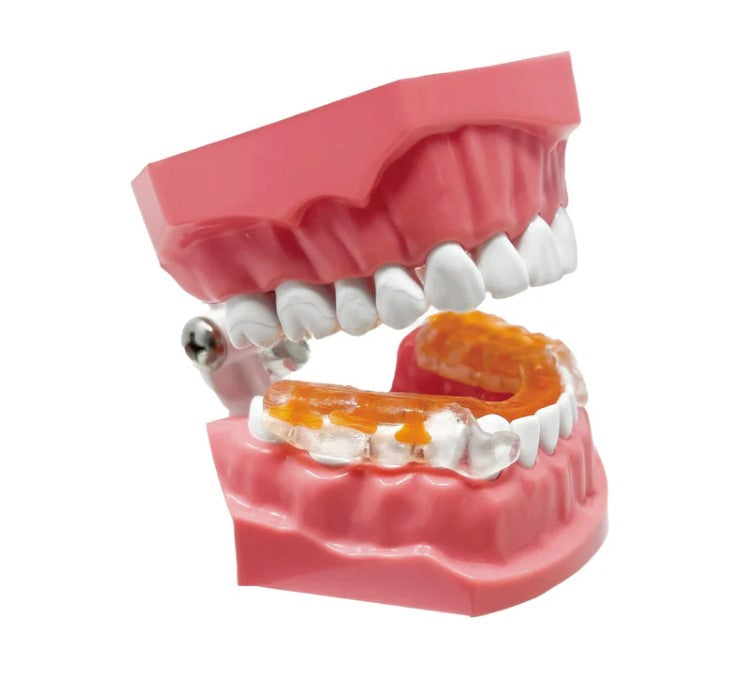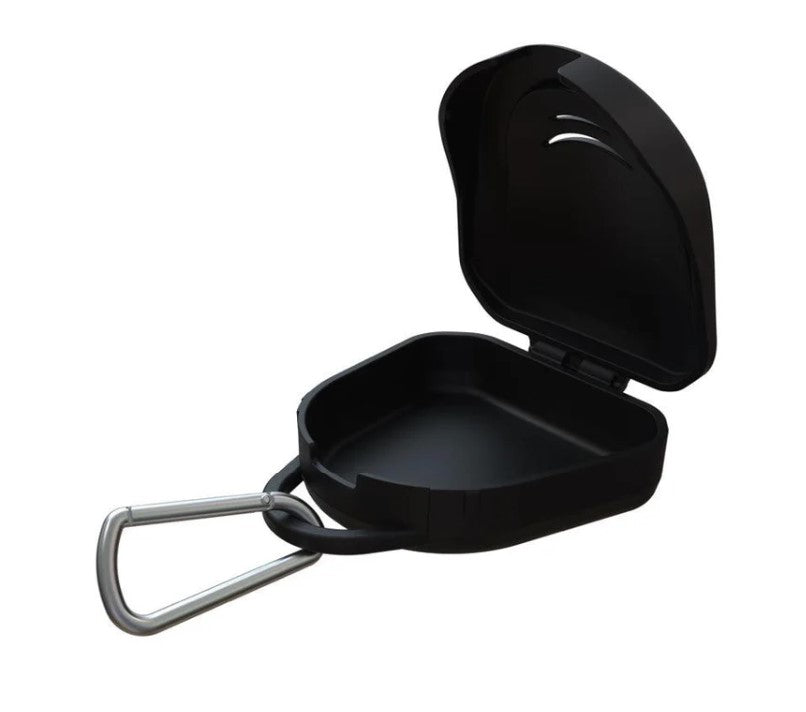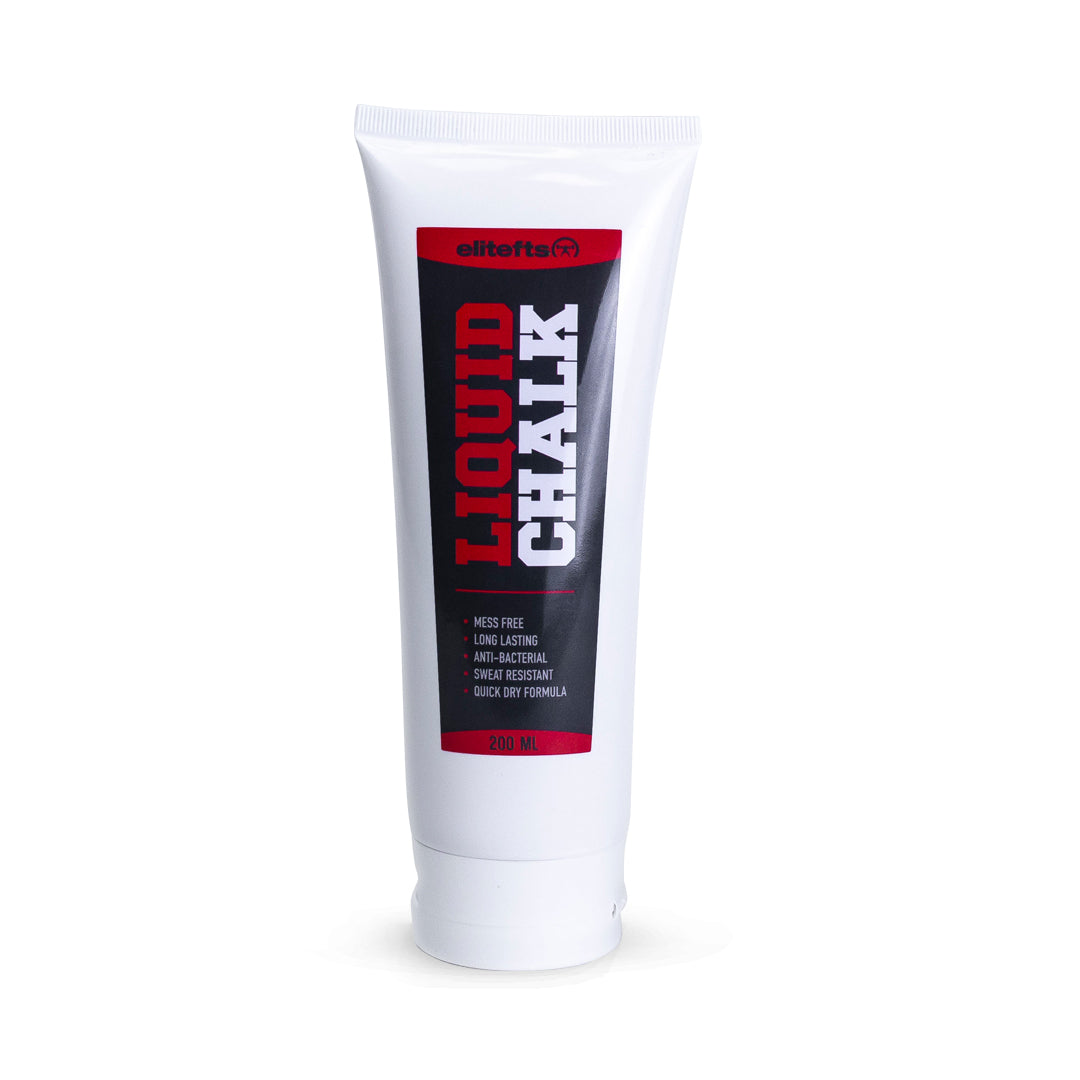3 Different Kinds of Partial Deadlifts
You can pull your Deadlifts from pins, from blocks or from mats.
Pin Pulls
To pull from the pins, you use a power rack. The pins should be set at the height you want to start pulling from and the bar sits on the pins. Then simply pull your deadlifts as usual.When pulling from pins, there's a very high likelihood that you will bend a bar at some point. So, don't use your best bar for this movement.
Block Pulls To pull from blocks you'll need some wood that is cut to the height that you wish to pull your partial deadlifts from. Unlike pin pulls, the plates rest on the blocks at the start (as opposed to the bar resting on the pins).Pulling from blocks feels more like pulling from the floor, than when you pull from the pins. This is because the bar flexes the same way as it does when pulling from the floor, as it does pulling from blocks. Pulling from Mats
This is the same as pulling from blocks, but you use rubber mats instead of wooden blocks. There is one advantage to pulling from mats and that is if you buy a stack of mats that are 1 or 21 inches thick, it's very easy to pull from different heights (by varying how many mats you use).The disadvantage of using mats is that when the weight get really heavy, they can compress. So you end up pulling through a slightly increased range of motion as your sets get heavier.
Some stuff to consider- Pulling from above the knee is basically a waste of time if your biggest goal is to improve your deadlift from the floor. The trouble with pulling from above the knee is that it becomes an ego stroke. Pulling from above the knee will let you lift way above your max and this can negatively affect your CNS and recovery.
- Don't pile a ton of weight on the bar and pull wildly, getting the weight up however you can.
- Film the pull. Make sure the body position you were in to pull the short partial resembles where you would be at that point of a pull from the floor. Put simply, this will not carry over well to your deadlift from the floor.
- Whether you pull from pins, blocks or mats; pull from varying heights at the knee or below.
Throughout my own powerlifting career, I've always used two primary exercises to improve my deadlift. The first is my competition style deadlift (from the floor, conventional). The second exercise is the block pull with the bar starting just below knee height. I find this height to offer several benefits to me:
- It allows me to train my deadlift hard (without as much pressure on my lower back).
- It lets me overload the top end and get used to doing reps with heavy weight.
- It isn't a tiny range that just strokes my ego and hurts my recovery.
You must decide what your priorities are and find the right partial movement to help build your deadlift.
Another important consideration is, "Where's your weak point?" For example, if you are weak off the floor, it makes no sense to constantly train through a partial range of motion.
Accommodating ResistanceBands or
chains can be used with pin pulls, block pulls or when pulling from mats. However, I personally always used straight weight for my deadlift training.
- To pull against bands through a partial range, pin pulls are your best bet. Simply use a
power rack with two sets of pins and double or quadruple the bands under the lower pin and then over the sleeve of the bar. - If you pull Sumo, chains are easy to use. Just drape them over the middle of the bar and this will work fine with pin pulls, block pulls, or pulling from mats.
- If you pull Conventional, drape the chain over the sleeve of the bar, or use
Chain Mates. - Body Position: match your full deadlift.
- First, it's easier to learn.
- Second, it may be safer.
- Partial deadlifts are a great way to over-load the posterior chain and improve your deadlift.
- They can be done from pins, blocks or mats.
- Bands or chains can be used to accommodate resistance.
- Make sure your body position is the same during a partial as it would be if you pulled that weight from the floor.
- Athletes may want to use partials exclusively for training the deadlift movement pattern.






